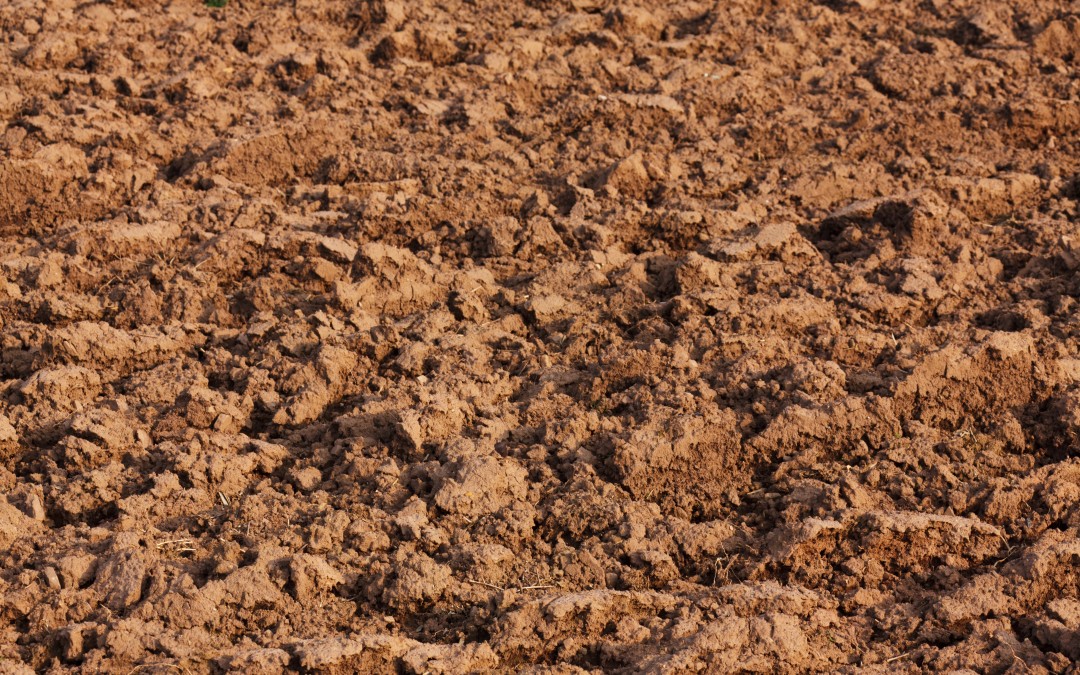In a recent class a student asked a very simple question: “Why would rich soils grow more diluted grapes for wine?” It brought up the discussion of the different environmental factors that influence wines.
It starts with the grapes. Think of grapes as apples, each variety of which is a little different. One will have high acid (Granny Smith), another sweetness (Ambrosia, Fuji) and each has distinct characteristics. How do you know these taste profiles? Chances are you have eaten a lot of apples in your lifetime.
But grapes, in addition to the distinctive taste profiles due to variety, are further affected by variables in growing conditions and winemaking processes.
As a grape ripens the acidity drops and the sugar increases. The more sugar the grape has the higher the alcohol level. This is why higher-alcohol wines are often produced in hotter climates such as California, Spain and Australia, where grapes ripen faster.
The riper a grape becomes also affects the flavor of a wine. A red grape grown in a hot climate will result in wines that have more jammy, baked or dried fruit tones. Red grapes struggling to ripen in cooler climates produce more reserved, fresh berry flavors.
If a grape is grown in a cool climate the acidity will be higher. This is why most New Zealand sauvignon blanc has such racing acidity.
The viticulture also affects the grape and the type of wine it produces. If the vines struggle for nutrients and water, the fruits are more concentrated. If the vines are allowed to spread out in a large agriculture setting with irrigation and rich soils the resulting wine will be less concentrated. This is why many wine labels explain about “drip irrigation” or “dry farming.” Both will increase the concentration of the ending wine.
To further the learning fun, compare a jammy red wine from a hot climate, a fresh berry cool-climate red and a high acidity white.
Jammy Hot Climate Reds
THE VALUE
- 2013 Greg Norman Cabernet Sauvignon, California (about $13 retail)
THE SPLURGE
- 2012 Earthquake Cabernet Sauvignon, California (about $28 retail)
Fresh Cool Climate Reds
THE VALUE
- 2013 J. Lohr Estates Pinot Noir, California (about $13 retail)
THE SPLURGE
- 2013 Schug Winery Pinot Noir, California (about $20 retail)
Racing Acidity Cool Climate Whites
THE VALUE
- 2013 Brancott Sauvignon Blanc, New Zealand (about $13 retail)
THE SPLURGE
- 2013 Kim Crawford Sauvignon Blanc, New Zealand (about $21 retail)
